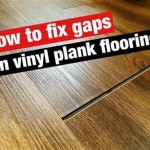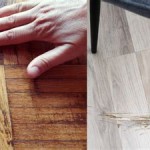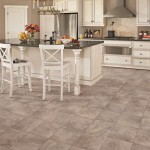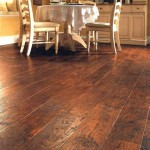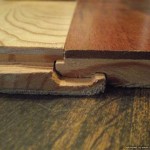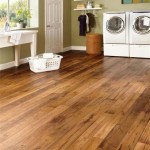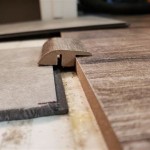Installing a floor can be a daunting task, but with the right preparation and knowledge, it can be an enjoyable and rewarding experience. Vinyl plank flooring is an increasingly popular flooring option due to its durability, ease of installation, and attractive design. To ensure a successful installation, it is important to understand the importance of padding for vinyl plank flooring. This article will explain what padding is and the benefits it provides, as well as the different types of padding available for vinyl plank flooring.
What is Padding for Vinyl Plank Flooring?
Padding is a thin layer of foam or rubber that is placed between the vinyl plank flooring and the subfloor. The purpose of padding is to provide a cushion between the two surfaces and reduce noise and vibrations. Padding also provides thermal insulation, which helps to keep the floor at a comfortable temperature. Additionally, padding helps to protect the subfloor from scratches and dents caused by the vinyl planks.
Benefits of Padding for Vinyl Plank Flooring
Padding has many benefits when it comes to installing vinyl plank flooring. The cushioning provided by the padding helps to reduce the impact of footsteps, furniture, and other items on the floor. This helps to reduce noise and vibrations, making the floor more comfortable to walk on. Additionally, the padding helps to absorb shock and reduce the stress on the vinyl planks, making them last longer. Finally, the thermal insulation provided by the padding helps to keep the floor at a comfortable temperature, which is especially important in colder climates.
Types of Padding for Vinyl Plank Flooring
There are several types of padding that can be used for vinyl plank flooring. The most common type is foam padding, which is available in a variety of thicknesses and densities. Foam padding is the most economical option and is easy to install. Rubber padding is another popular option, as it provides better insulation and soundproofing than foam padding. Cork padding is a more expensive option, but it is often used in areas where noise is an issue. Finally, felt padding is also available and provides a soft, cushioned feel underfoot.
How to Install Padding for Vinyl Plank Flooring
Installing padding for vinyl plank flooring is relatively easy. First, the subfloor must be cleaned and leveled. Next, the padding can be cut to size and laid down on the subfloor. The padding should be secured with tape or staples to ensure it stays in place. Finally, the vinyl planks can be laid over the padding and secured with adhesive.
Conclusion
Installing padding for vinyl plank flooring is an important step in ensuring a successful installation. Padding provides cushioning, soundproofing, thermal insulation, and protection for the subfloor. There are several types of padding available for vinyl plank flooring, each with its own benefits. Installing the padding is relatively easy and can be done in just a few simple steps. With the right preparation and knowledge, you can enjoy the benefits of a beautiful and durable vinyl plank flooring installation.















Related Posts

